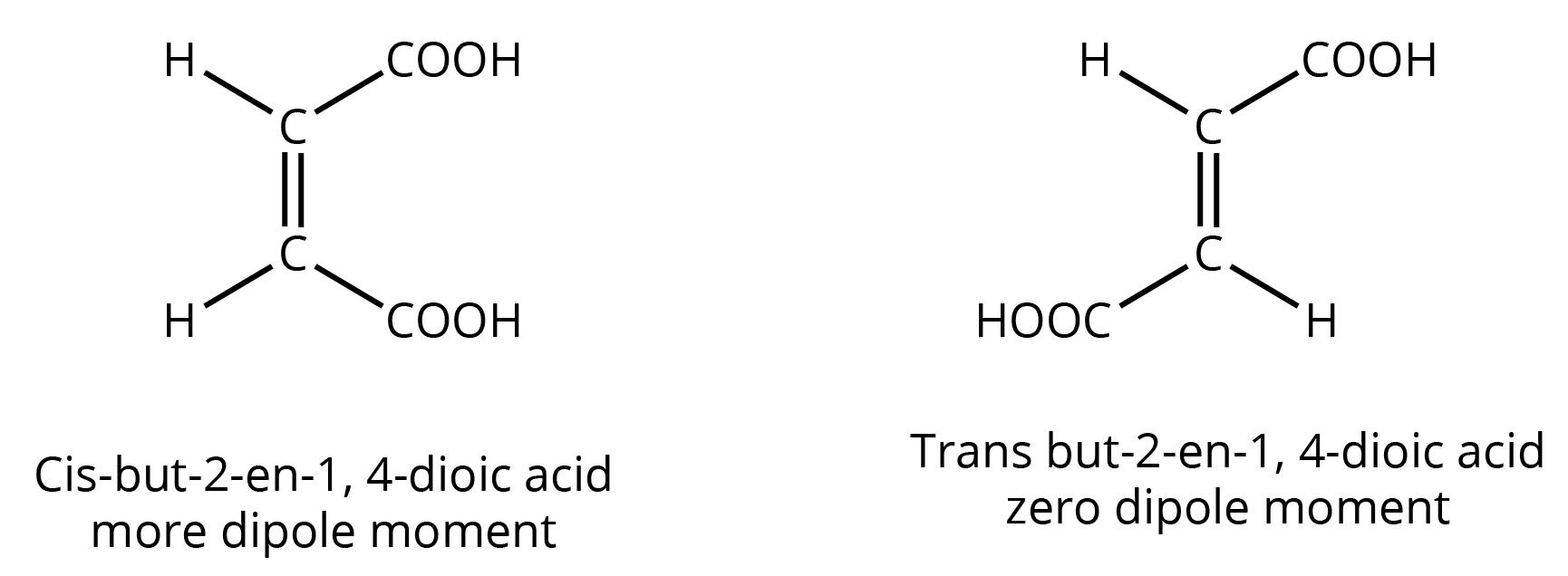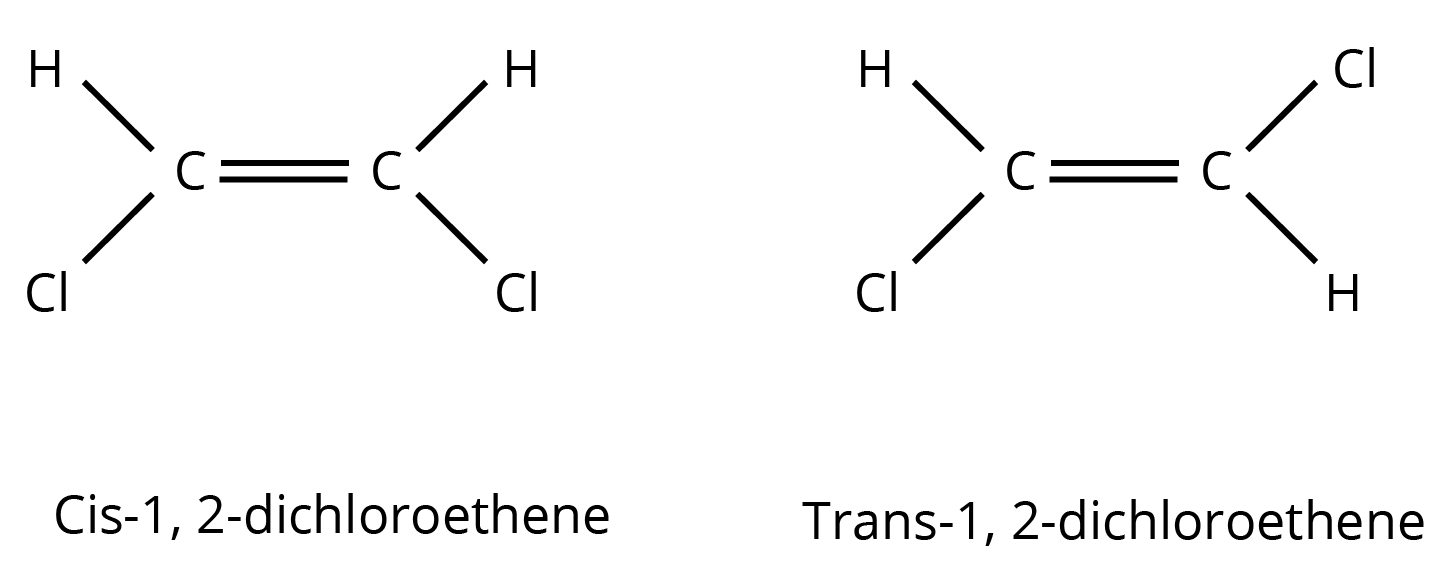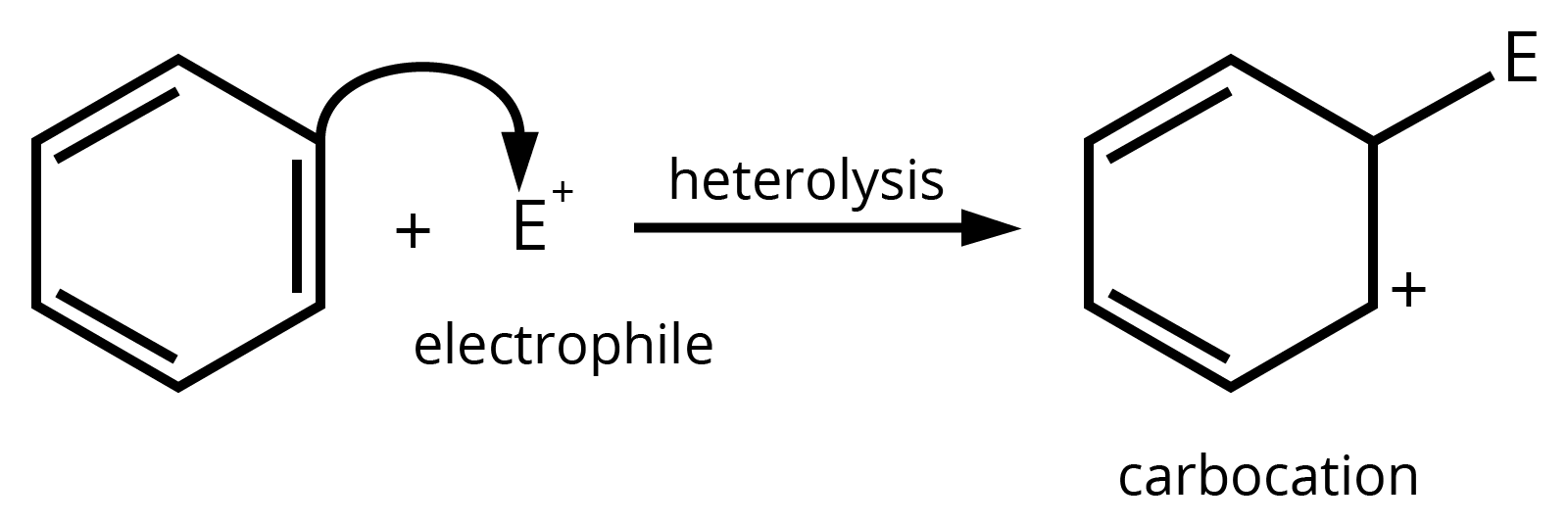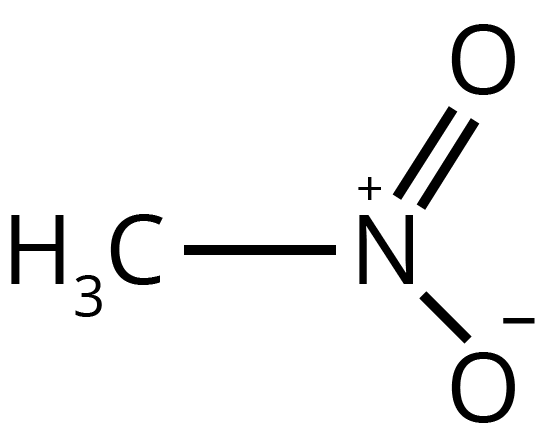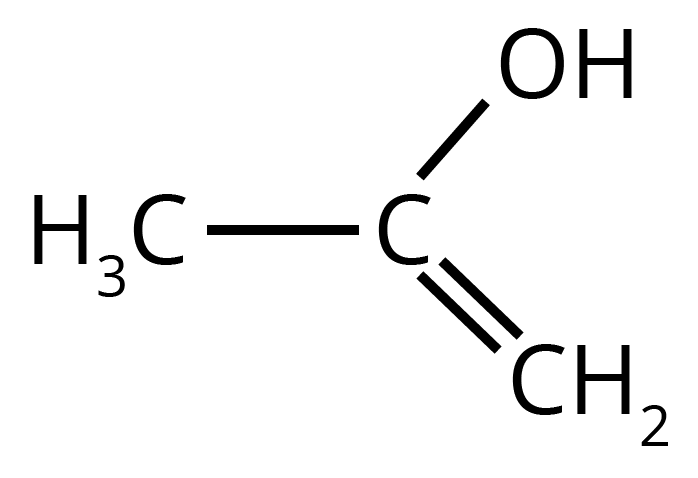CBSE Class 11 Chemistry Chapter 8 Important Questions - Free PDF Download
FAQs on Important Questions for CBSE Class 11 Chemistry Chapter 8 - Organic Chemistry - Some Basic Principles and Techniques
1. Is Chapter 8 of Class 11 Chemistry difficult?
Students will study different concepts of Chemistry in detail in Chapter 8 of Class 11 Chemistry. They study some basic concepts of Chemistry in Class 10. In Class 11, students study some similar topics in detail. Students should try to understand the basic concepts in Chemistry to get high marks in Chemistry. They can download Important Questions for Class 11 Chemistry from Vedantu free of cost. Important questions for all chapters of Class 11 are given on Vedantu that can help students to understand the concepts of Chemistry in Class 11.
2. What are the main topics given in Chapter 8 of Class 11 Chemistry?
Chapter 8 of Class 11 Chemistry is mainly based on Organic Chemistry. Students learn basic concepts of Organic Chemistry in Class 10. In Class 11 Chemistry Chapter 8, students will study different concepts related to Organic Chemistry. They will study the tetravalence nature of carbon, the structure of organic compounds, different types of organic compounds and their names, what is isomerism, basic concepts in organic reaction, different methods used to purify organic compounds, etc.
3. Where can I find Important Questions of Chapter 8 of Class 11 Chemistry?
Students can download Important Questions of Chapter 8 of Class 11 Chemistry from Vedantu. All Important Questions of Chapter 8 of Class 11 Chemistry are available in simple language. Students can easily understand the basic concepts of Organic Chemistry in Class 11 from the Important Questions. These important questions are made by expert Chemistry teachers.
4. Where can I read Chapter 8 of Class 11 Chemistry online?
Students of Class 11 can read complete Chapter 8 of Class 11 Chemistry on Vedantu. They can find Important Questions for Chapter 8 of Class 11 Chemistry along with solutions on Vedantu. Students can also find NCERT Solutions on Vedantu to prepare for their Chemistry exam. Students can prepare well for Chemistry from the information and notes available for Class 11 Chemistry on Vedantu. All concepts of the NCERT textbook for Class 11 Chemistry are explained thoroughly for easy understanding.
5. Is Chapter 8 of Class 11 Chemistryimportant for entrance exams?
Chapter 8 of Class 11 Chemistry includes important topics based on Organic Chemistry. It is a part of Organic Chemistry therefore it is an important chapter for entrance exams. Students have to read Chapter 8 of Class 11 Chemistry carefully to understand the chemical reactions and other concepts related to Organic Chemistry. Students can get one mark or two mark questions from this Chapter in their exams. Therefore, they should read Important Questions for Chapter 8 of Class 11 Chemistry to prepare for their exams.























